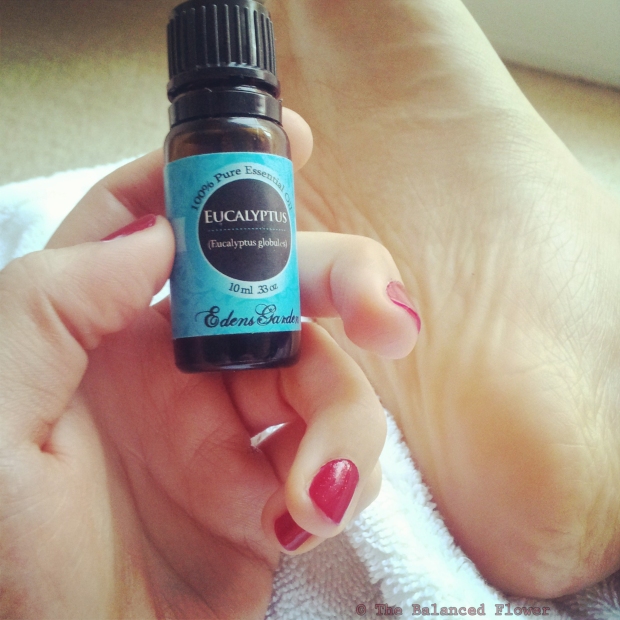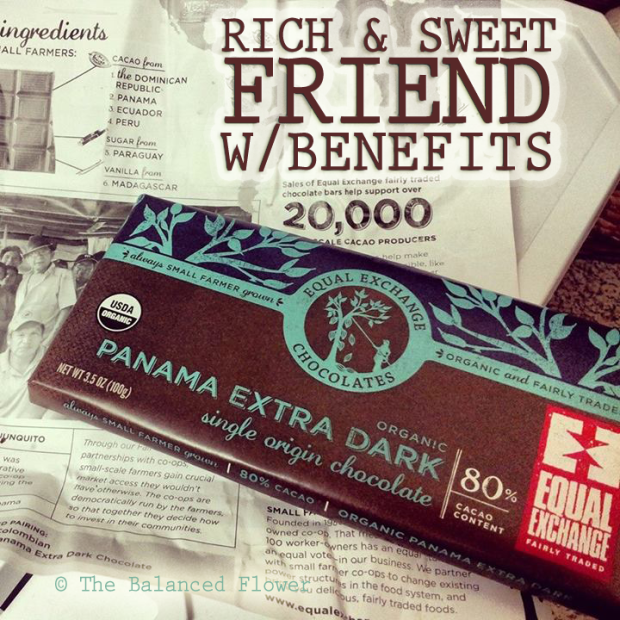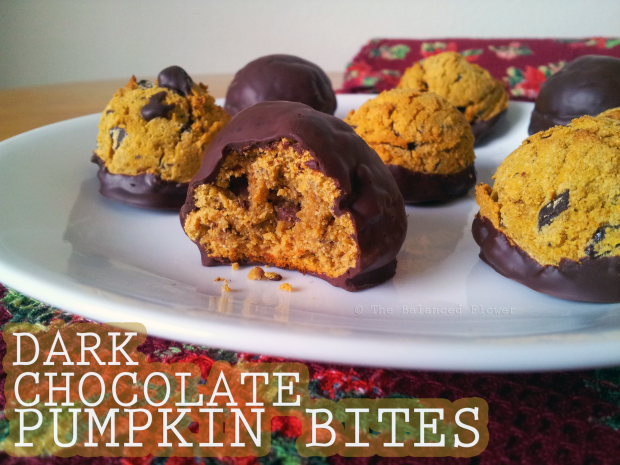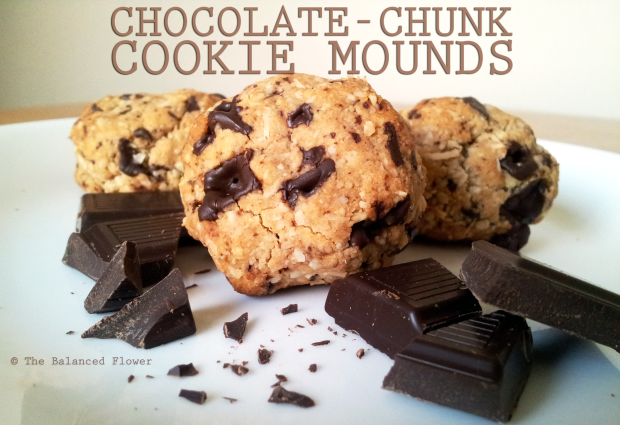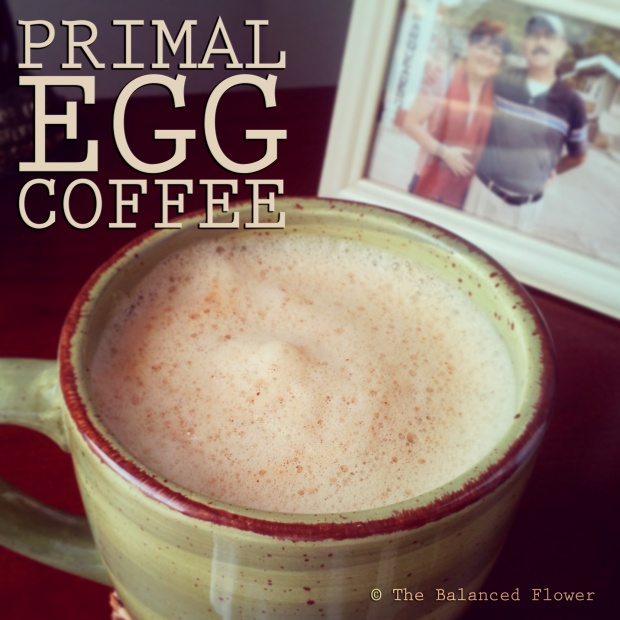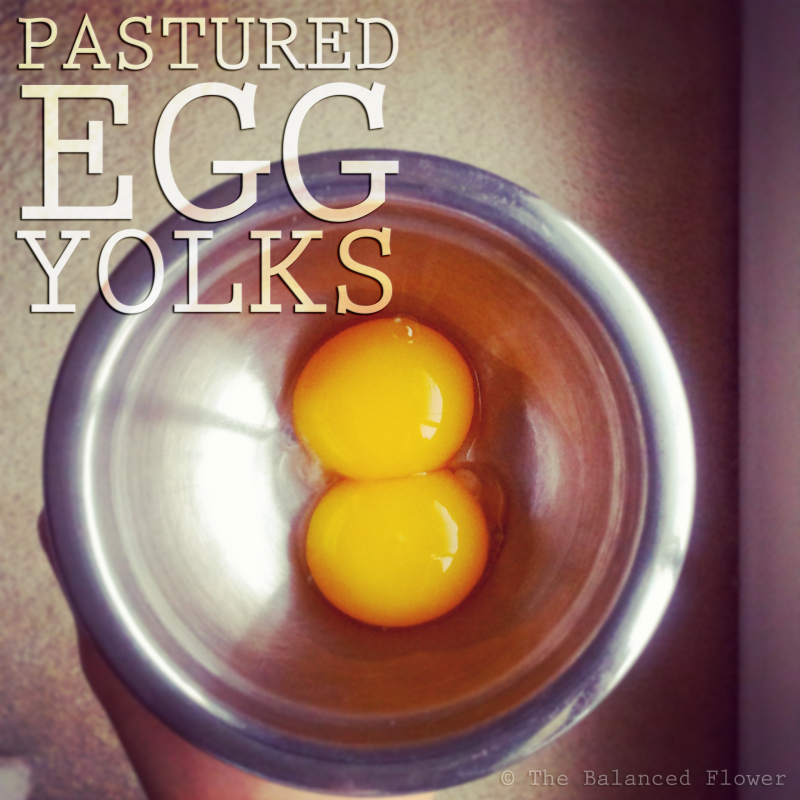Fat.
Get comfortable embracing that three-letter word, and you’ll get comfortable slipping into those skinny jeans more often… or just doing away with them completely. (Hey, that’s ancestral!)
As a young teenager, I remember cringing at the fat my Pop would render from roasts, and commenting on how “icky” it was that he would save the piece of meat with the most fat for him to enjoy come dinner time. Of course – as with all parental advice growing up, I later came to learn that Pop was right all along, as was Mamá when she would comment on how delicious and nourishing those livers in our Sancocho Colombiano were.
I’m sure that many–if not all of us, have had a period in our life in which we consumed margarine rather than butter. We slathered this spread full of unhealthy trans-fat, emulsifiers and preservatives, bleach, artificial flavors, free radicals (as a by-product of the high-heat processing,) thinking we were making smart moves, when in reality we were increasing our risk of heart disease, hormonal imbalances, bone problems and various other issues.
The reason many American’s shifted their consumption of fats was all due to flawed studies from the late 60’s and 70’s, which have since been proven incorrect countless number of times. Dr. George V. Mann, ScD, MD, a noted researcher of the Framingham Heart Study, even stated it bluntly;
“The diet heart hypothesis that suggests high intake of fat or cholesterol causes heart disease has been repeatedly shown to be wrong, and yet, for complicated reasons of pride, profit, and prejudice, the hypothesis continues to be exploited by scientists, fund-raising enterprise, food companies, and even governmental agencies. The public is being deceived by the greatest health scam of the century.”
The low-fat diet has still managed to stick around even long after various different studies have continued to prove time and time again that cholesterol along with healthy fats in their natural forms are not the enemy, rather they are essential compounds for optimal body function. Contrary to popular belief, consuming a high-fat / low-carbohydrate diet is associated with weight loss and improved body functions in comparison to diets which are low in fat and calorie-restricted. It’s no wonder diabetes and obesity rates have since sky-rocketed when the low-fat diet recommendations were made as Americans began to supplement the lack of fat in the diet with highly-processed and refined carbohydrates.
Walk through every aisle in a grocery store and you are bound to see labels left and right; Low-Fat this, Fat-Free that… Well, wake up:
- Are you sure you should be roaming these grocery aisles full of packaged, refined foods which are made up of genetically modified ingredients and contain these dangerous man-made factory fats? (I surely wouldn’t recommend it.)
- Though you may not be purchasing these items, don’t let the marketing persuade you. Natural, unprocessed, traditional fats, such as those derived from humanely-raised (grass-fed / pastured) animals are vital to proper nourishment. Vital meaning you simply can not be healthy without these nutrients.
- Restricting fat deprives our bodies of the nutrients we need, there is no research that proves positive outcomes from low-fat diets.
Fats are far from scary; they play in important role in the upkeep of many different body functions. They boost our immune system, protect our liver from toxins, contribute to healthy bones by helping us utilize calcium efficiently, protect our digestive tracts from harmful microorganisms (thanks to their anti-microbial effects,) and they even help protect our hearts against heart disease and stressors. Healthy fats do not make us fat, it is the flaw of challenging our body with sugars and carbohydrates which trigger our bodies to store fat. Remember that.
So, let’s do a little exercise to welcome Fat (Take note of that irony, Alanis Morrissette and Glen Ballard.)
Imagine an shiny, open, glass jar full of raw, deep yellow butter sitting on the countertop in your bright, clean, kitchen.
This rich, creamy, butter was created by happy, humanely-raised cows who spent a lot of time grazing on fresh vegetation outdoors under the welcoming Sun. Thanks to the cow’s fresh, rich, diet and their traditional living conditions, that beautiful butter sitting on your kitchen counter is full of rich vitamin content like Beta-Carotene and the easily-absorbed Vitamin A (as reflected in that rich vibrant color,) which keeps our endocrine systems and vision in check. Vitamin A, along with Vitamin D, contribute to our growth development which is especially useful for growing children. Vitamin E, alongside Vitamin D, and K2 present in this healthy fat also helps our bodies use calcium and other minerals correctly and effectively, (Sorry, Osteoporosis,) and also reduces, prevents, or even counteracts arterial plague. (Adios, Heart Disease!)
With those bright eyes of yours and that empowering, steady breath, notice your chest open up as you expose your welcoming heart. You’re ready to embrace this friend called Fat in the form of grass-fed butter. With this, you also welcome:
- An equal balance of Omega 6 to Omega 3.
- Short and Medium-Chain Fatty Acids. The Short and Medium-Chain Fatty Acid content in butter falls between 12-15%. These are saturated fats absorbed directly from our small intestine directly to our liver which becomes readily available for quick energy. Not only that, these fatty acids also support our immune system greatly.
- High levels of Conjugated Linoleic Acid (CLA), a naturally occurring trans-fat that protects our hearts and increases our muscle-building and fat-burning potential.
- Cholesterol, which has many health benefits; it keeps our blood levels and hormones in balance to help us cope with stress, it protects us against heart disease and cancer, maintains our intestinal health, and contributes to brain health by keeping our feel-good serotonin receptors – as well as all other neurotransmitters – functioning properly.
- The Wulzen Factor – Also known as the “Anti-Stiffness” factor, found in raw animal fat (i.e. unpasteurized butterfat or cream). This compound protects our arteries from any hardening, protects our joints against calcification, and it also does the same for our pineal glands which is crucial for proper production of serotonin and melatonin.
After getting to know all those health benefits, who wouldn’t want to become best friends with grass-fed butter and it’s nutrients? The best part of all is that there are so many healthy fats which give us the same aforementioned benefits (and more!) making it easy to get our daily fat intake from various different and delicious sources.
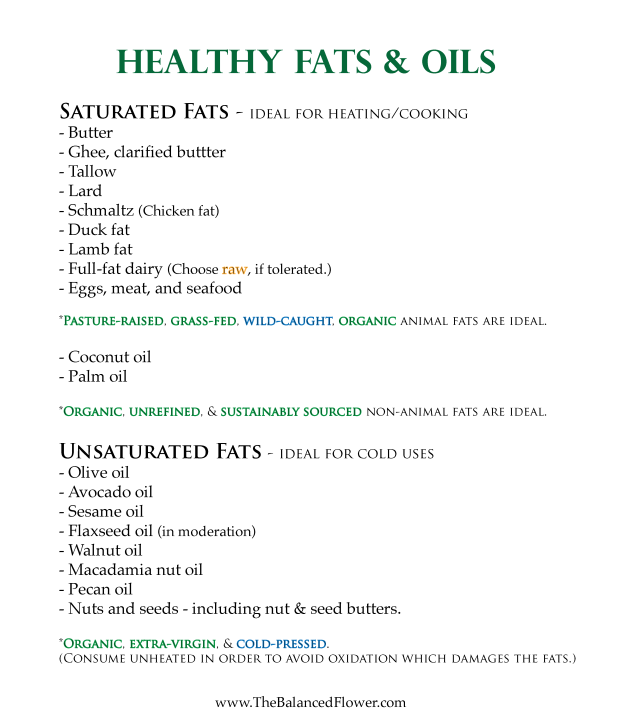
(Printable: Healthy Fats & Oils .PDF)
Eating plentiful amounts of healthy fats makes adopting a much healthier grain-free lifestyle such a breeze! The reason for this is because fat is very satiating, i.e. we feel much more satisfied more quickly when eating these healthy fats.
Ever wonder how appetizer bread baskets seemed to magically empty themselves rather quickly when waiting for your main course at a restaurant without having even reached that satisfying feeling? Well, grains do not pack much of a nutrient punch which leaves our bodies wanting more. Should you decide to graciously decline the bread basket next time and wait for that tender grass-fed beef roast full of healthy fats and ample protein, overeating will now be a nonexistent issue. Say goodbye to your ravenous sugar-burning self, and welcome balanced, fat-adapted living!
Now that you know your fats, I encourage you to tell that unhealthy, highly-processed, hydrogenated margarine full of trans-fats that you’re now committed found some real fat. Don’t be alarmed if you lose more than a few pounds along the way – Travis and I managed to effortlessly lose over 50 lbs combined in just two months by going against the grain, including plenty of healthy fats in our diets, and continuing to eat real food.
Taking control of your health is simple and smooth like butter, baby—Eat. Real. Food.
May fat be your friendly fuel,

